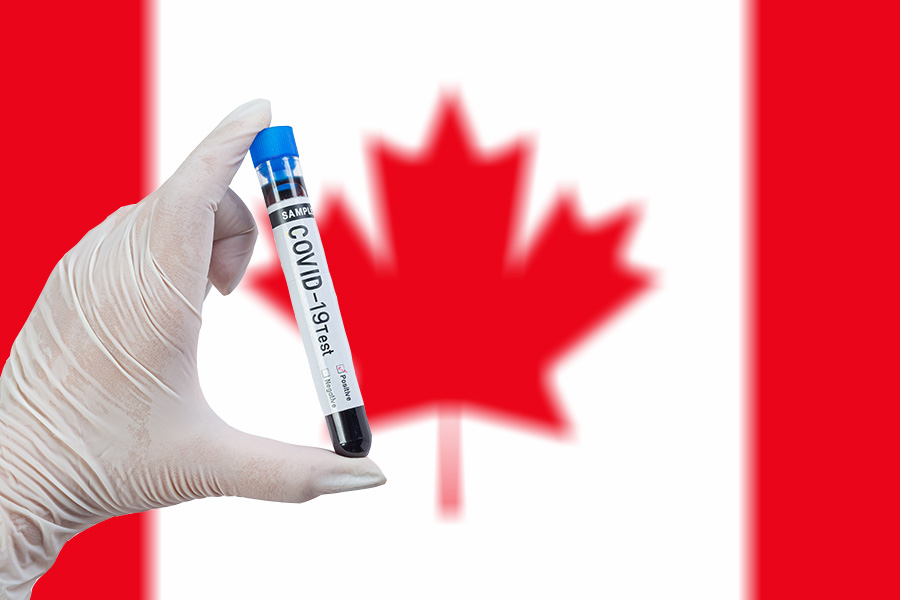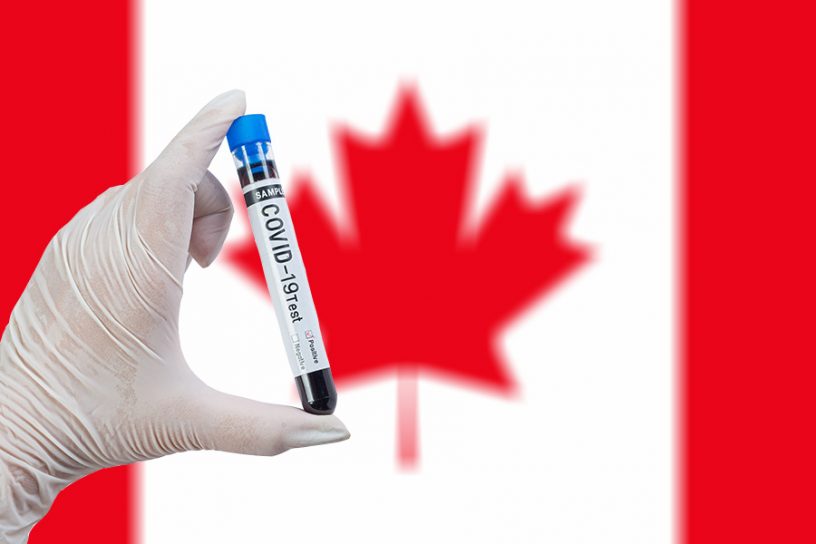
The authors examine how the higher COVID-19 infection rates among Punjabis have been represented by conservative politicians and their representatives as a consequence of cultural and religious practices.
Authors
Sugandha Nagpal, Assistant professor of Sociology, Jindal School of International Affairs, O.P. Jindal Global University, Sonipat, Haryana, India.
Tania Das Gupta, Professor, School of Gender, Sexuality and Women’s Studies, Faculty of Liberal Arts & Professional Studies, York University, Toronto, Canada.
Summary
This article uses critical discourse analysis to examine how the higher COVID-19 infection rates among South Asians in general, and Punjabis more specifically, have been represented by conservative politicians and their representatives as a consequence of cultural and religious practices.
Two counter-narratives are discussed. The first substitutes the negative image of the Sikh Punjabi Canadian community with a celebratory and positive view of Sikh humanitarianism and community service.
The second attributes the high numbers to class attributes such as precarious jobs, poverty-level wages, employment insecurity, lack of sick days, over-crowded housing, racism and lack of access to healthcare.
We argue that the conservative explanation as well as the first counter-narrative reveal continuities in culturalist understandings of South Asian immigrants, albeit in slightly different ways.
The second counter-narrative represents a discursive resistance by advancing a structural analysis of health and disease in immigrant communities.
Published in: Studies in Social Justice
To read the full article, please click here.


